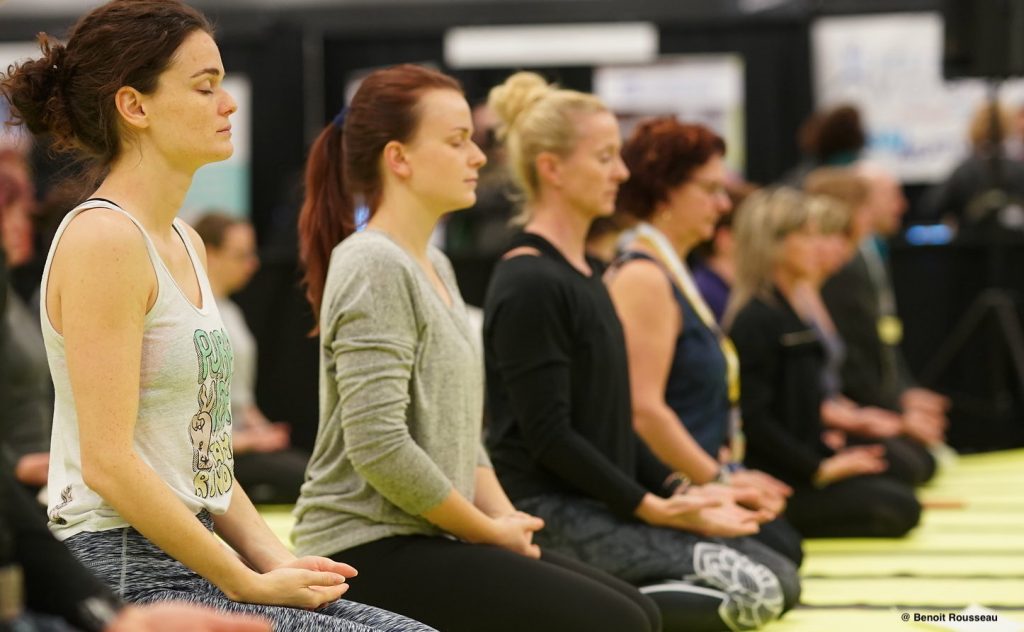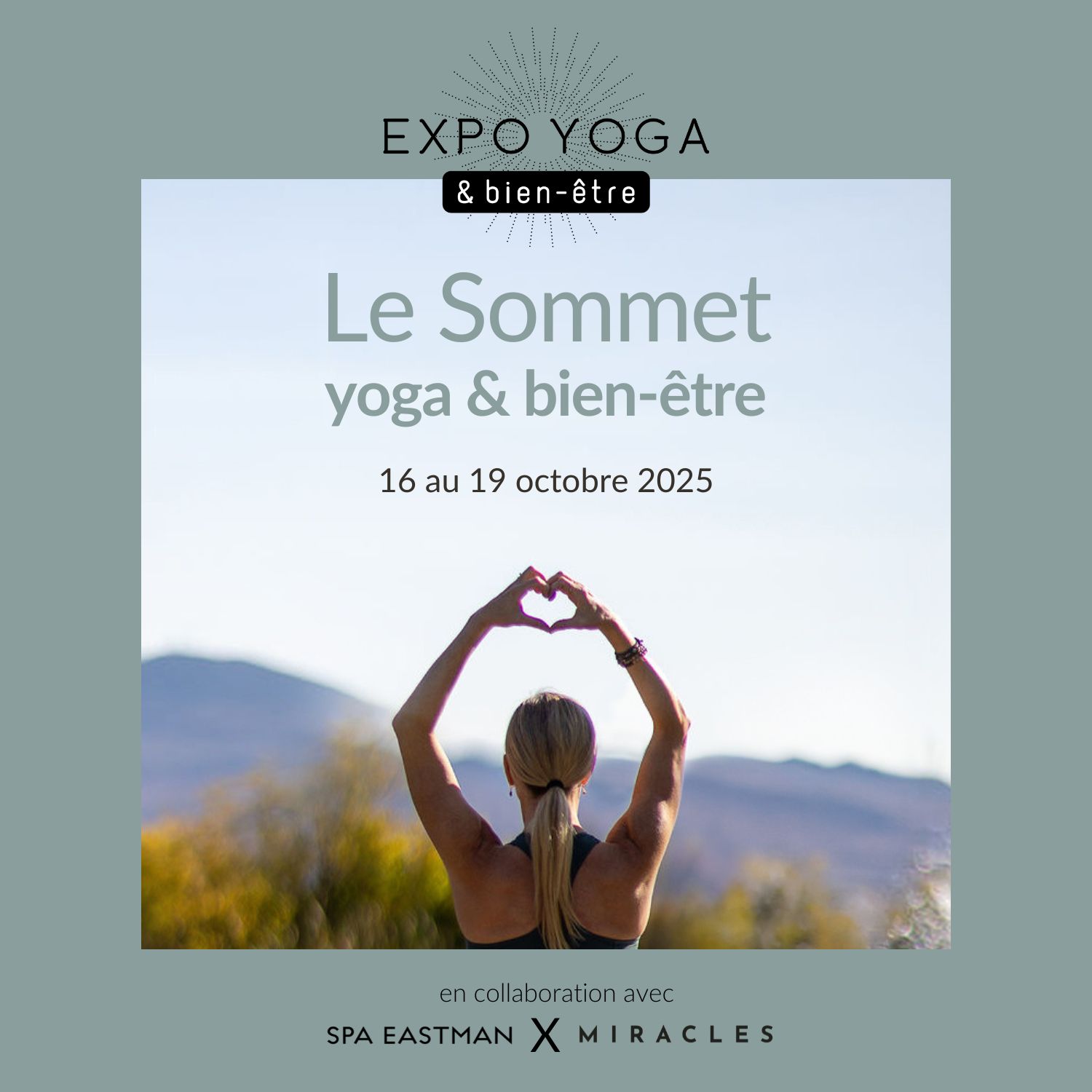Trataka: How to Practice Yogic Gazing Meditation

Trataka, a word from Sanskrit meaning “to gaze”, is a form of one-pointed focus meditation, in which you concentrate on a single object. The object may be seen on the outside, in your environment, or on the inside where it is pictured in your mind. The idea is that you naturally relax as your mind becomes quiet, since inner chatter and fleeting thoughts cease during meditation.
Whether you are gazing externally or internally, you eventually begin to visually blank out other objects. As you do so, sushumna occurs, where by your brain becomes isolated from the usual memories, thoughts and feelings that come and go naturally. Additionally, trataka is said to aid vision by keeping eyes healthy, relieve depression and insomnia, reduce allergies and fatigue, and enhance energy levels. Lastly, practicing trataka can also enhance intuition and open up access to a higher state of consciousness.
Bahiranga: external gazing
Most people use a candle flame as a focus point, but you can concentrate on whatever you want. A fountain, the sunset, a flower or a leaf can be used. A plain object may be easier to apply your attention to than one with great detail. Find a central point on which to concentrate your vision. If you are looking at a candle flame, your focal point could be the wick inside the flame because it won’t distract you by flickering.
Make sure you are sitting in a comfortable, meditative pose and won’t be disturbed as you gaze at your focal point. Thoughts may arise initially, but allow them to pass without paying them attention. Don’t mentally force them to leave, just see them in the same way you would notice passing strangers, if you were sitting on a park bench.
Antaranga: internal gazing
When you are ready, begin antaranga, also known as internal gazing. Close your eyes and notice the after image, or memory of the external image, in your mind’s eye. Keep watching it with a steady, fixed gaze, applying attention to the central point. If your vision wanders, bring it back to the middle of the image again.
Alternatively, you may choose to begin meditation with antaranga, going straight into internal attention instead of gazing at an external point. Perhaps you will begin with an imaginary picture of a candle, a star, the moon, or a bright white light that glows in the area of your third eye, just inside your head between your eyebrows. The aim is to become one with a chosen focal point, so you don’t recognize any difference between it and you. At such a time, you can travel beyond your ego.

This article was originally published on Ipnos’ blog, associated partner of Expo Yoga 2018.
